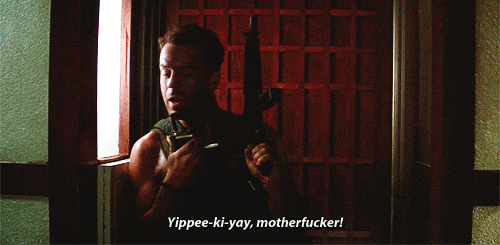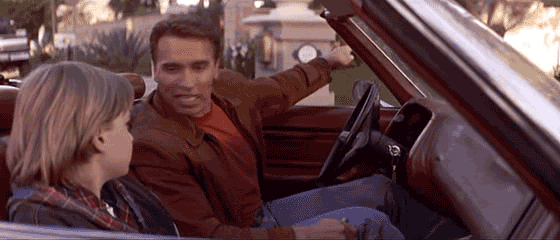Once upon a time (OK, the 80s), action heroes were the biggest superstars in the world. From Mel Gibson's Lethal Weapon to Bruce Willis' Die Hard, all blockbusters had an action hero and a catch phrase.

But then came 1993, and the release of one of Sony's biggest flops: The Last Action Hero.
It was so bad and lost so much money to Sony, that you probably ask yourself:
Why is it even mentioned here, and in the title, non the less.
Well, there's a great reason for that-
The Last Action Hero is one of the biggest market disruptions of all times!

Up until its release, the cinema world was dominated by these action heroes doing the same thing, saving the world/city/building/bus and so on, making the movies very fun but also very boring.
Nothing like a formula to make things predictable, right?
But since Sony's cluster-f*ck, people couldn't look at these action heroes the same.
How could they? They just watched one of the biggest stars in movie history making fun of the entire action industry.
Every action movie after that looks like... Well... The Last Action Hero. A joke.
That was the end of the era of action heroes as we knew them in cinema, and the beginning of the super-heroes, making the way to the screen right out of the comic books shops.
Movies like Batman and Robin, and the Sam Raimi Spiderman trilogy were all the rage.
And right in the middle of if, in 2010 came the release of Kick-ass, the black-comedy super hero movie that like The Last Action Hero, made fun of an entire genre.
After watching it, you could've never watch a super-hero in spandex ever again and actually take it seriously.

Since then, we entered the Dark-Comics era, with real stories and much more rounded characters - from the Marvel Universe to Logan and of course The Dark Knight Trilogy.
So, what can we learn from these movies about disrupting markets?
These movies took a market that was dominated with strong players, and flipped it so hard, that you couldn't understand how things worked like they did for so long.
If you want to disrupt and change a market, you need to first research it from top to bottom. Find the weak spots and shine a light on them so everyone can see them too.
Once you did, you can fill the gaps with your solution, but make sure it is one that'll make people wonder why no one did it before.
A great example for that can be found at the insurance startup Lemonade.
The founders of Lemonade took the most ancient and boring market in the world - home insurance and just made it cool.
Using AI and by building an app people actually love to use, they took an annoying process that took days and weeks and was frustrating to customers and flipped it.
Now, anyone who used them cannot understand how he ever used regular home-insurance before.
Another one is Casper.
They did the impossible in a huge market:
They made people buy mattresses online, without testing them at the shop. How they do it?
By giving an amazing experience like no other in this market and by finding the weak spot of the market - the only place you can really try a mattress is at home, while actually sleeping on it.
They made this simple - you have 100 days of sleeping with the mattress, and if you don't like it, you can return it, free of charge, no questions asked, full refund.
Casper disrupted the market with their ease of use, and this promise. And of course - premium product at a great price.
There are many other examples (someone said AirBnB?) and they all follow the same pattern we get from The Last Action Hero and Kick-Ass: The art of making people look at an old market and don't understand how they could've ever get used to it the way they did all these years, and make sure they'll never go back.
